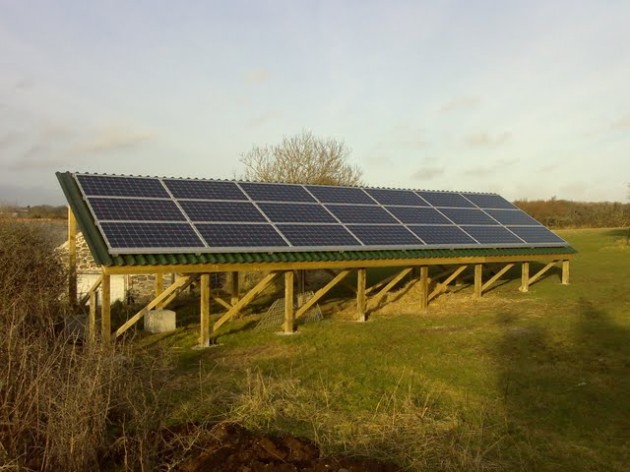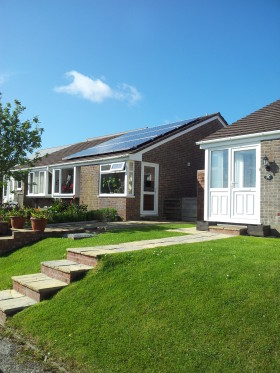Solar panels are an excellent renewable energy technology which can perfectly complement ground and air source heat pumps, however like heat pumps it is important to carefully select your installer, learn why in the below blog.
Top tips for choosing a solar PV installer by Tony Sampson from Cornwall Solar Panels:
- If your installer is offering you a limited time deal, walk away. Many companies hugely over inflate their prices, sometimes as much as £11k for a 4kWp system, then offer it to you if you sign up in a limited time for £9k, which is still hugely over inflated. They do this to stop you getting other quotes back. A 4kWp system should be between £6k – £8.5k depending on the quality of the panels.
- Choose an installer who uses PV Sol or PV Syst software to produce accurate generation predictions. These are more accurate than the SAP calculation (which will also be provided by every installer) as they take in to account local weather conditions, are more accurate at taking in to account the impact of shading and most importantly, they can calculate the difference in performance of different systems on your roof.
- Ask to see some of their work, at Cornwall Solar Panels customers are always offering to show off their systems to our potential customers, if you’re dealing with a good installer they would also have plenty of reference sites.
- Not all systems are the same. There is a variation in quality of panels and of course most installers will tell you they sell the best panels so it’s very hard to know the difference. Choose an installer who offers a range of choices and can tell you about the differences in the quality and guarantees.
- Avoid installing the inverter in the loft. It may make the installation slightly cheaper but you’ll pay in the long run! Inverters are electrical and electronic equipment so they like to be kept cool. They all have a cut-off point when they reach a certain operating temperature, normally between 39 – 50 degrees C. These temperatures can easily be reached in a hot loft, and remember the loft is hottest on the days your inverter will be working it’s hardest, further increasing the operating temperature. These higher temperatures will reduce the amount of energy produced and put more strain on the inverter’s components, reducing it’s life. Inverters also have displays on the front of them, it it’s in the loft you won’t know that your system has stopped working until you get the Christmas decorations out in December!
Visit Cornwall Solar Panels’ website here >>
Or visit our solar PV partners page here >>


